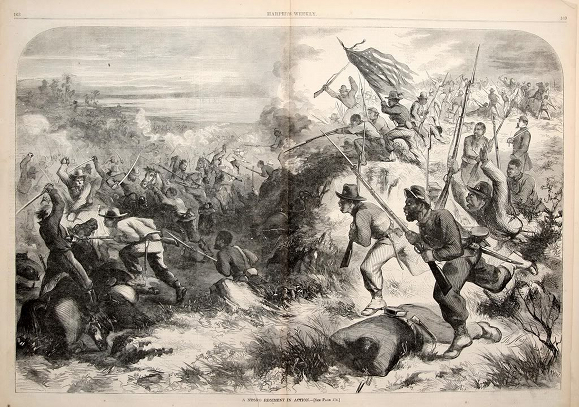Would all of the alums who are members of Chi Phi please stand up.

Members of Chi Phi with Professor Henry Nelson Snyder, center,1896.
Silence.
Oh, that’s right, that fraternity hasn’t existed at Wofford for over 100 years. What happened to it?
Chi Phi was the third fraternity to be established at Wofford, after Kappa Alpha and Chi Psi. These first two got started in 1869, and the Chi Phis were chartered in 1871. Over its forty years at Wofford, the Sigma chapter initiated a number of students who went on to become prominent in the community. A short list of those would include Howard B. Carlisle ‘1885, James A. Chapman ‘1883, a noted textile leader, Dr. John G. Clinkscales ‘1876 of the Wofford faculty, Thomas Carey Duncan ‘1881, a noted textile leader, William Preston Few ‘1889, the first president of Duke University, W. Thornwell Haynes ‘1893, an American diplomat, and approximately 160 other alumni.
Though the number of active fraternity members was never especially large, the actions of some fraternity and anti-fraternity students caused the trustees to ban all of the Greek-letter organizations in 1906. All of the fraternities had to surrender their charters, though many of them simply went underground. After several years of agitation by students and alums, and after what really amounted to an ultimatum from a group of students, the faculty and trustees relented, and in the fall of 1915, fraternities were allowed back, subject to the rules of the college.
 However, the national organization of Chi Phi declined to allow the chapter at Wofford to have its charter back. President Snyder, himself a Chi Phi from Vanderbilt, worked his connections to try to get the fraternity back on campus, but to no avail. He reported to one correspondent that the objections came from the northern chapters.
However, the national organization of Chi Phi declined to allow the chapter at Wofford to have its charter back. President Snyder, himself a Chi Phi from Vanderbilt, worked his connections to try to get the fraternity back on campus, but to no avail. He reported to one correspondent that the objections came from the northern chapters.
The Chi Phis left a few items behind for us to remember them by. Among these are a few group photos, some alumni bulletins, and assorted fraternity pins. The pin below, which belonged to James A. Chapman ‘1883, was recently donated to the library by his great-granddaughter, Mrs. Laura Chapman Jackson Hoy, who is now a member of the Wofford board of trustees.
Written by Phillip Stone, November 20, 2012

Chi Phi pin, 1883

Chi Phi pin, inscribed JAC, WC 83


















